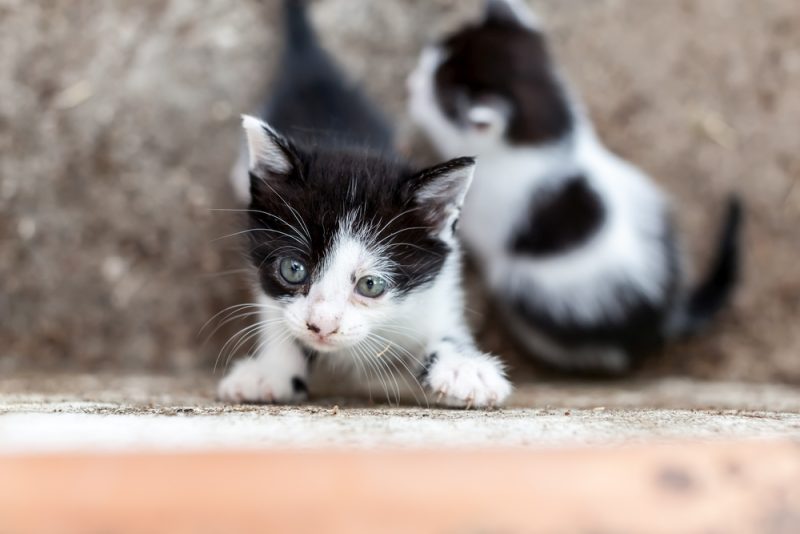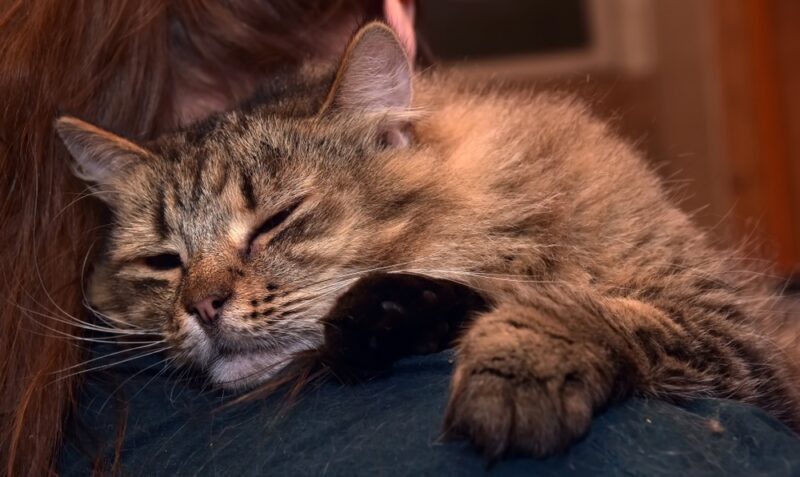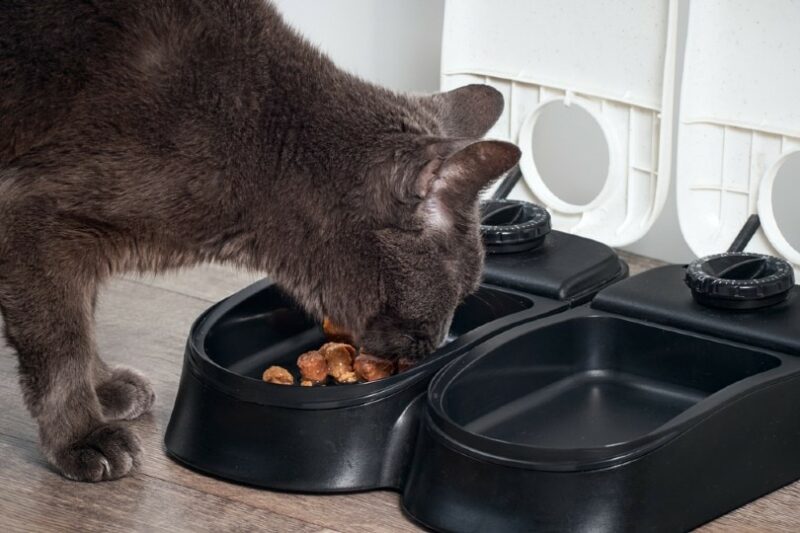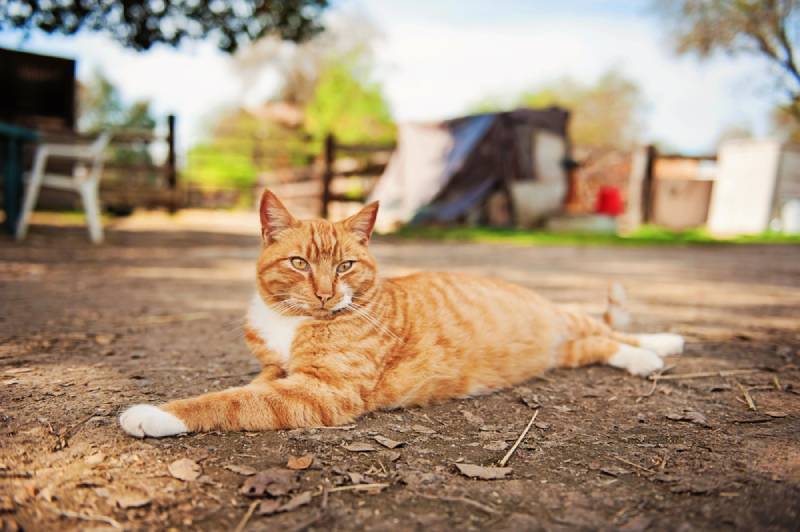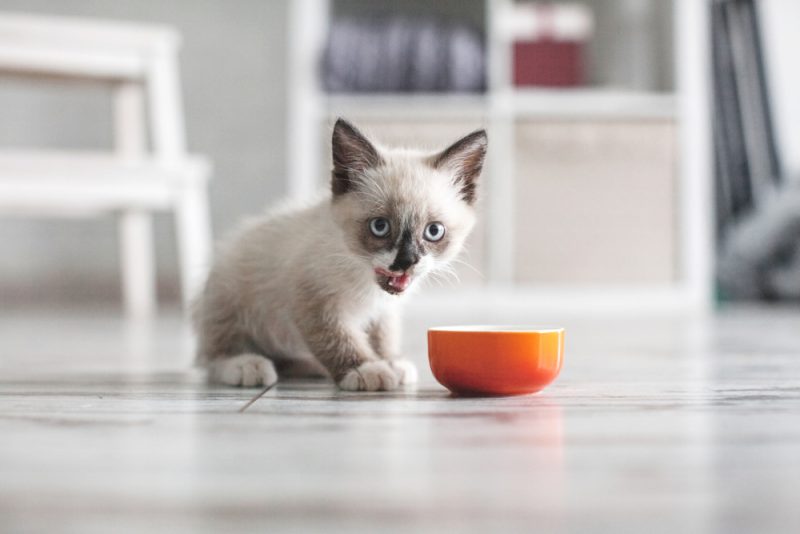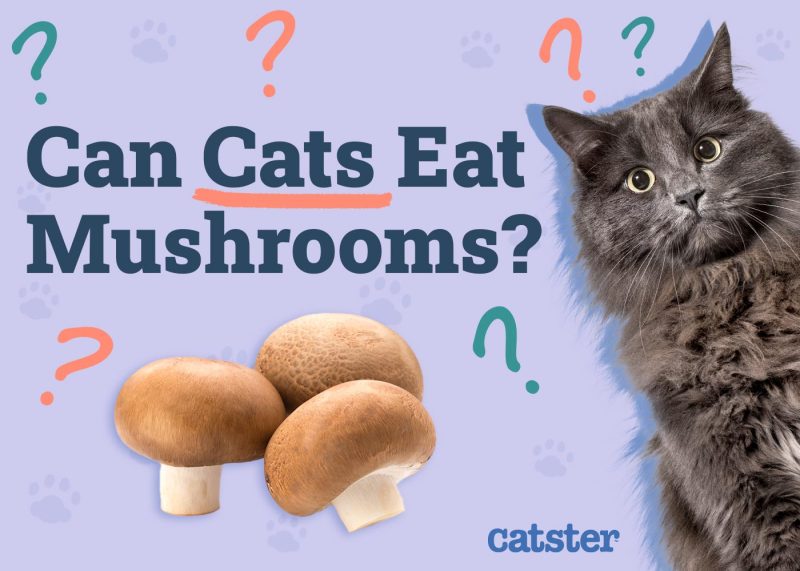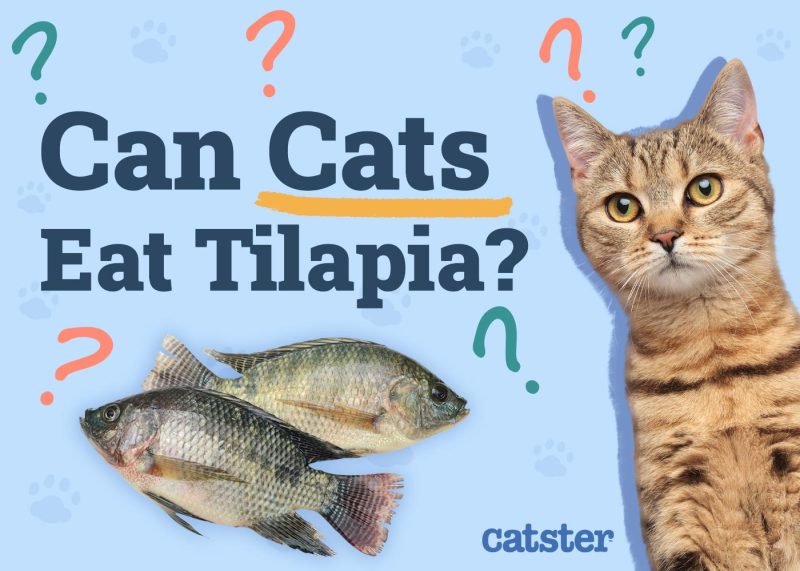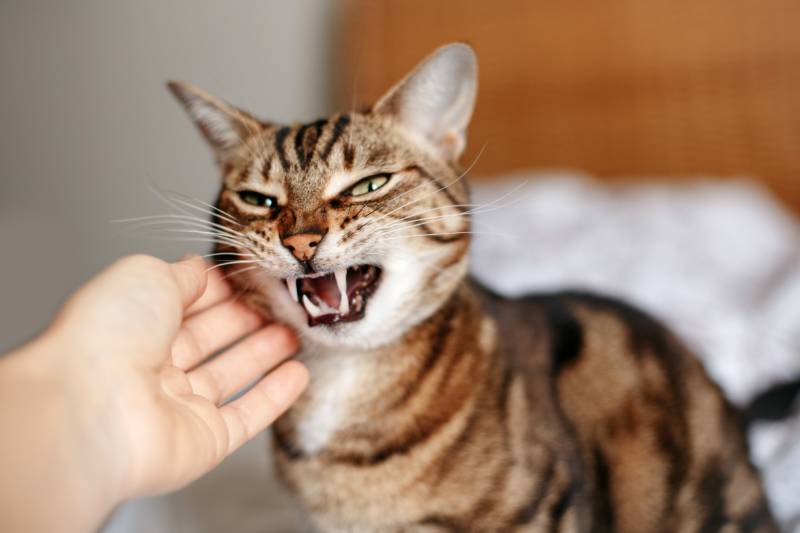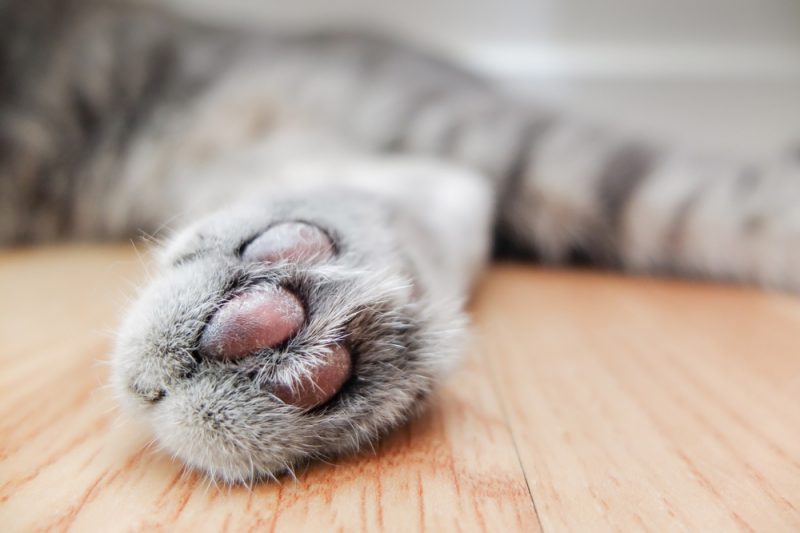Cats have a rich history, with legends and tales about them spreading as far and wide as their influence. Many religions, civilizations, and peoples revered and shunned the local feline population, which included the Celts.
Celtic people lived in Europe around the first century BC and practiced a polytheistic religion featuring many deities (over 200, in fact!). With their rituals and spirituality, it’s not surprising to learn that the Celts worshipped and feared cats. Celts viewed cats as beings of great power and were both afraid and in awe of them.

How Did Cats Fit Into Celtic Culture?
Cats were primarily seen as a force to be reckoned with and were often avoided by the Celtic people. A few myths and legends of Celtic culture seem to preface this strange animosity, the most persevering being the myth of Cat Sith (or Cat Sidhe). There were also tales of cats granting wishes, placing curses, and even a practice that involved harming them to get a wish granted!
It seems that cats were to be avoided or used for personal gain by the Celts. However, some clans celebrated feline life and had cats featured in clan totems and emblems.
Cat Sith: What Was It?
The Cat Sith were fairy beings of magic closely related to the Otherworld of Celtic myth (similar to the Greek Underworld or the afterlife). These mysterious cats were all black spirits except for one white spot on their chests. They were large and were often said to stalk the Scottish highlands and surrounds, causing mischief.
Some myths called for offerings to the Cat Sith, especially on the important night of Samhain. Samhain, which eventually became Halloween, was important to the Celts. They saw the day as the end of the bountiful harvest season and the beginning of a long and dark winter. So on Samhain, Celts would often leave a saucer of milk outside their houses for any Cat-Sith to come and drink as they prowled around when the veil between our world and the Otherworld was thin.
It’s believed that Celts who left this milk out for the cats would experience blessings and good fortune for the seasons ahead, but those who did not would have a curse placed on their homes.
Celts were very mistrustful of Cat-Sith, as it was believed they stole the souls of the dead before they were buried by brushing past them. It’s thought that if Celts who were preparing the dead for burial saw a cat, they would distract it by playing games or offering it catnip to protect their dead.
This distrust of the felines was so strong that no fires were lit in a corpse’s rooms since the Celts believed Cat-Sith would be attracted to the warmth!
Witches and Transformation
There were also tales of witches and magic surrounding cats, which may be where the association of witches and black cats comes from today. Some Celts believed that instead of fairies, cats and the Cat-Sith were witches in disguise.
When a Celtic witch wished, she could transform into a black cat. She could change back, but only for a maximum of eight times; on the ninth transformation, the witch would be unable to change back and would stay a cat forever. This could be where the myth that cats have nine lives comes from!
Big Ears and Taghairm
While the name seems silly and whimsical, the summoning of the demon Big Ears was no laughing matter. Taghairm was one of the brutal rituals that ancient Celts would perform and was a form of divination.
In order to consult with the spirits, cats were caught and roasted alive over an open fire, and other cats were forced to watch. In some versions of this horrific story, the cats watching were the ones who answered the Celt’s questions. In others, a large cat demon called Big Ears would be summoned to answer. In either case, this is another clear demonstration of the Celt’s dim view of the poor felines living in the area.
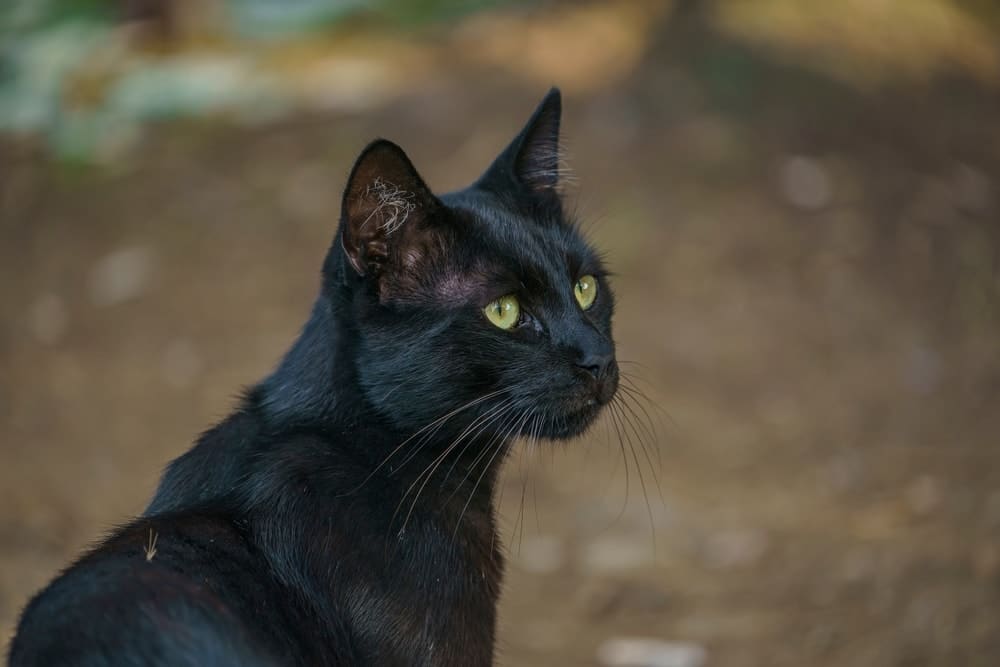
Black Cats and Good Luck
Some sources state that Celts viewed black cats, in particular, as sacred. This view starkly contrasted with the devil-worshipping status they received when most Celts were converted to Christianity by missionaries in the fifth century. It’s said that Celts thought black cats who arrived at a person’s home signified luck. In Welsh Celtic legend, it’s thought that black cats bring good luck and health.

Final Thoughts
The Celts had a strange, tumultuous relationship with cats. There are many legends surrounding the feline members of Celt society. Some cats were revered as the bringers of good luck, while others were seen as fairies or demons that brought curses or knowledge to people. Some rituals the Celts followed included avoiding, shunning, or even directly harming cats, but cats had a special place within Celtic society.
Featured Image Credit: Okrasiuk, Shutterstock




